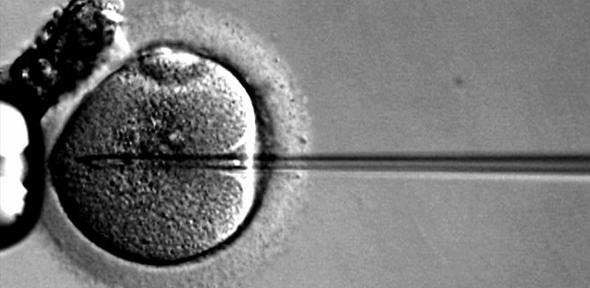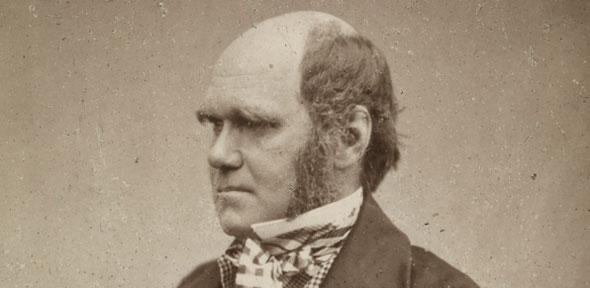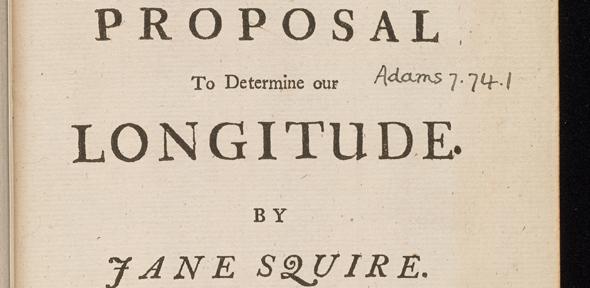
Recently, Facebook and Apple announced their decision to offer to pay for female employees to freeze their eggs, in theory, allowing women to ‘have it all’ - to pursue their career aspirations and to have biologically related ‘children’. The announcement by these companies has generated much international debate about social egg freezing itself, and the companies’ offer. While proponents of social egg freezing argue that it is liberating for women, opponents contest that the technology provides an individualist solution to a social problem.
In October 2012, the American Society for Reproductive Medicine declared that egg freezing should no longer be considered experimental. As a young woman scholar of assistive reproductive technologies I have spent much time considering the debates in favor and opposing this technology.
Much of what has been written about egg freezing has come from women, often older, with families, and more established in their careers. Along with three other scholars of assistive reproductive technologies, Alana Cattapan, Lesley Tarasoff, and Jennie Haw, we sought to explore this question regarding the empowerment of these technologies, and to offer our perspective, as women at whom these types of technologies are directed. Coinciding with the media reports about Apple and Facebook was the publication, in the International Journal of Feminist Approaches to Bioethics (IJFAB), of a piece we wrote that arose from our discussion and debate of the topic.
In the article, we combine our personal experiences with our collective academic knowledge and reflections to challenge the promotion of social egg freezing on a number of grounds. Social egg freezing has been largely lauded for its potential on the basis that it enables women to ‘have it all’, by allowing them to focus on their careers and have children later on. This, however, is a tremendous oversimplification of the real world challenges of working in increasingly competitive environments. This individual ‘solution’ to social reasons for delayed childbearing takes the focus away from much needed structural change surrounding childbearing and parenthood in the workplace and home. While Apple and Facebook’s offer to pay for egg freezing makes it accessible for their female employees, it should not be forgotten that these are expensive technologies that are inaccessible to many women.
The marketing and media coverage of egg freezing has also been problematic. We are concerned about how the marketing of the technology sets out a moral imperative for women to engage in egg freezing, a risky biomedical intervention. The media coverage of the ASRM’s decision to list the experimental label on egg freezing downplayed the physiological risks of the procedure. At this point in time there is little known about the health effects of egg retrieval, and to date there has been no longitudinal research on the health effects of the procedure. There are also risks associated with undergoing pregnancy at an advanced reproductive age. A moral imperative to use this risky technology may be exacerbated by its acceptance and accessibility for Apple and Facebook employees. This may also be accompanied by an expectation of employees to then wait to have children.
Finally, as with other assisted reproductive technologies, the context of this technology continues to be forgotten. This technology should be considered in context of the for-profit, largely unregulated industry providing this service, and the broader politics surrounding the commodification of women’s bodies and tissues in reproductive and scientific research. Little attention has been paid to what will happen with the surplus frozen eggs, and potential for a transnational market for surplus eggs for use in scientific research, or personal use.
While social egg freezing has been lauded for its potential to allow women to ‘have it all’, we argue that there are strong reasons to challenge it. Similarly, there are strong reasons to be critical of offers such as those by Facebook and Apple that condone this technology and that may contribute to a moral imperative for their employees to engage in this risky technology, and to postpone childbearing. To stress our argument in the commentary, egg freezing is not necessarily an empowering option. It is a risky, intrusive procedure for which there is still little research. It is shortsighted, and simultaneously fails to challenge the very conditions that produce its need.
Katie Hammond, a PhD candidate in the Department of Sociology researching the experience of egg donation in Canada, discusses the recent decision by tech giants Facebook and Apple to offer egg freezing to female employees, and why she co-authored a recent commentary on this subject.
The text in this work is licensed under a Creative Commons Licence. If you use this content on your site please link back to this page. For image rights, please see the credits associated with each individual image.









 technique enables a much greater understanding of how our immune system responds to pathogens such as flu that evolve and re-infect us.
technique enables a much greater understanding of how our immune system responds to pathogens such as flu that evolve and re-infect us.







 The team found that the centipede genome is more conserved than that of many other arthropods, such as the fruit fly, with less gene loss and scrambling. This suggests that the centipede has evolved slowly from their common ancestor and should allow researchers to draw comparisons between very different animals, which are not obvious when working with fruit flies or other fast evolving insects. For example, the researchers found parallels in the way that the brain is patterned between centipedes and other very distantly related animals such as marine worms. Such comparisons will enable scientists to build an overall picture of how genetic changes underlie the diversity of all animals.
The team found that the centipede genome is more conserved than that of many other arthropods, such as the fruit fly, with less gene loss and scrambling. This suggests that the centipede has evolved slowly from their common ancestor and should allow researchers to draw comparisons between very different animals, which are not obvious when working with fruit flies or other fast evolving insects. For example, the researchers found parallels in the way that the brain is patterned between centipedes and other very distantly related animals such as marine worms. Such comparisons will enable scientists to build an overall picture of how genetic changes underlie the diversity of all animals.



 Baker will be discussing Jane Squire at a talk in Cambridge tomorrow (Monday, 1 December 2014) at 1-2 pm. All are welcome.
Baker will be discussing Jane Squire at a talk in Cambridge tomorrow (Monday, 1 December 2014) at 1-2 pm. All are welcome.













